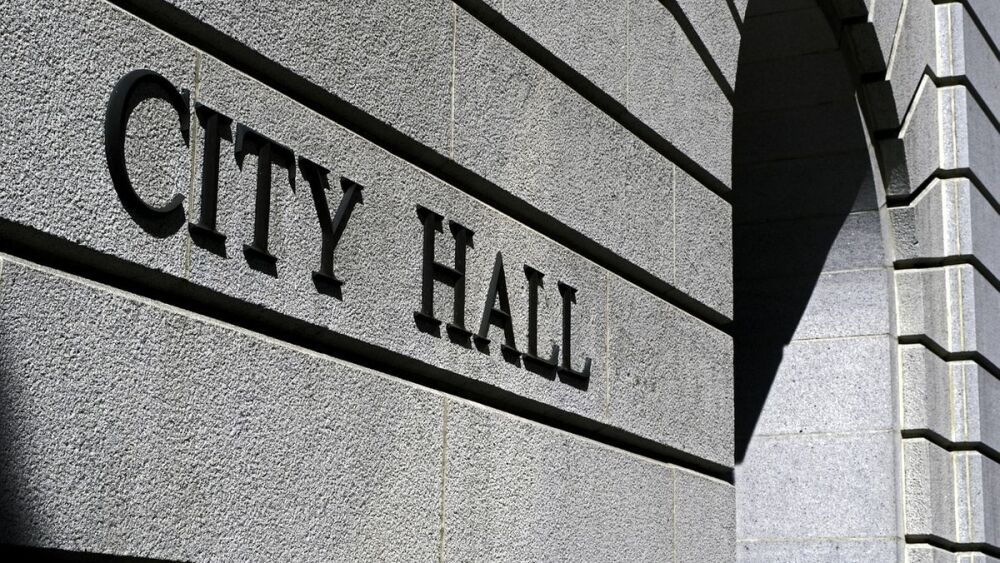By Michael R. Blood
Associated Press
LOS ANGELES (AP) - California Gov. Jerry Brown has compared the state’s high-speed rail line to construction of the Golden Gate Bridge and the great cathedrals of Europe. Isobel Cook doesn’t see it that way.
The 13-year-old who raises chickens, turkeys and ducks in the unincorporated community of Acton told members of the California High-Speed Rail Authority Tuesday that she feared the $68 billion project traveling at speeds up to 220 mph would divide her hometown.
“I love my home,” the teenager said, dressed in 4-H attire with medals for prize-winning animals she raised arrayed on her cap. “I don’t want it to change.”
Acton, on the edge of the Angeles National Forest, sits on a proposed segment that would run from the Los Angeles suburb of Burbank to the high-desert city of Palmdale. Cook was one of about two dozen area residents who told the panel the train would be a threat to rural lifestyles that prize serenity and unbroken vistas.
The panel is considering possible routes through that area.
There were complaints about potential harm to groundwater and home values, hints of lawsuits to come and indignation that the government wasn’t listening to the people it serves.
Many who testified urged the authority to tunnel through the area north of Los Angeles, leaving the community unscathed. The state is considering some options that include tunneling through the Angeles National Forest.
“We’d like to see you crawl into a hole in Palmdale and crawl out of it in Burbank, said developer Christopher A. Croisdale, an Acton resident.
The train, Brown’s signature project, has been beset by delays and questions about funding.
Demolition and engineering work has been underway for months around Fresno, one of the hubs on the first stretch. But the agency is behind schedule in acquiring the land needed to begin construction, and the state has only found a fraction of the money needed before tracks will be installed.
The board’s moves on Tuesday included the approval of a seven-year, $700 million contract with consulting firm Parsons Brinckerhoff, Inc. The firm, which has already had a key consulting role in the project for years, was chosen over competitor Bechtel Infrastructure Corporation.
Tuesday’s gathering comes in the wake of a heated meeting last month in the Los Angeles’ San Fernando Valley, which is home to some of the train’s most vocal opponents. In the city of San Fernando, elected officials joined residents in confronting state officials, going so far as to set up their own public address system in the auditorium to express their grievances.
San Fernando Mayor Joel Fajardo told the panel the line would cleave the community in two, potentially leaving it bankrupt. He argued that the panel was exploiting working-class areas like San Fernando, while bypassing Beverly Hills and other wealthier enclaves.
“You would divide the city in half with a 20-foot wall,” he said.
The panel also heard endorsements. Union members talked of the need for jobs in a state still recovering from the recession. Palmdale Mayor James Ledford Jr. said the line would connect his city “to where the jobs are in Southern California.”
Wealthy communities in the San Francisco Bay Area and farmers in the Central Valley have also raised concerns about the project.
Residents in the Silicon Valley forced the planned train to use existing commuter rail tracks into San Francisco at lower speeds. Farmers have sued and refused to sell their fields at prices they considered too low.
Before the meeting in downtown Los Angeles, opponents of the line crowded under a portico, below a banner that said Brown’s legacy would be “displacement, destruction and devastation.”
Copyright 2015 The Associated Press.












